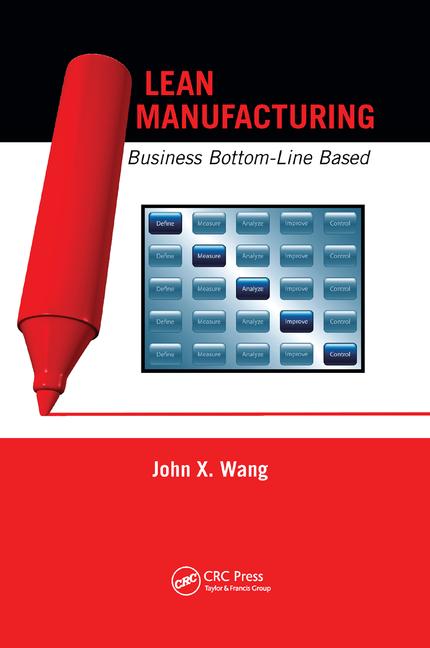Get a purpose, take away the crutches, ask how well you’re doing, and you can move from dabbling to commitment!
In our bookThe Hitchhiker’s Guide to Lean, we lay out the five phases of the roadmap for lean transformation. The wordroadmapis important. Just as there is no standard recipe for becoming a lean company, a roadmap does not tell you where you are or where you want to go. It only gives you the lay of the land, so it’s a tool for charting your course.
We begin charting a course with Phase Zero, or a phase of precommitment to lean. We begin here because many companies do not know, or admit, that they are actually in Phase Zero. A company might be a lean dabbler, applying a few lean tools here and a little lean training there. It might have allowed some freedom for a group of people to pursue lean, and even allocated some budget. But this is only Phase Zero, and it's far from making a conscious commitment to lean transformation.
Based on surveys and personal experience, 50 percent to 75 percent of U.S. manufacturing companies are pursuing lean in some form. Although about 1/3 of those are doing something about lean, they are far from pursuing lean-they are stuck in Phase Zero. If you suspect that this applies to your company, here are three things you can do to move from dabbling toward commitment.
First, get a purpose. Lean needs a purpose. When I ask why companies begin a lean journey I get many good reasons, such as increasing competitiveness and profits. But the most common reason companies really start lean is just because everyone else is doing it! And then the lean dabbling begins. You must take the time to clearly and specifically connect lean to your company objectives and strategy. This works because you now have a definite purpose in mind. Beginnings are important, but without the pursuit of a purpose, the effort quickly becomes meaningless.
Second, take away the crutches. Crutches are those things that keep you in the comfort zone. They make it easy to maintain the status quo of your lean efforts. Every organization has different crutches. Examples include measuring lean training without measuring lean results, assigning a lean steering committee without connecting it to the senior management team, or rewarding participation instead of engagement.
You have to shrink that comfort zone until people are forced to change their ways. This may require you to break up what is working, creating the need to reshape it into something new and better.
Third, do an objective lean assessment. The most common question in an assessment is “are we as far along as we should be?” If you’re stuck in Phase Zero and don’t know it, then the answer is very clearly going to be “no.” There are many ways to do a lean assessment, but don’t audit the use of lean tools and practices. Using lean tools does not make you lean. You should also avoid evaluating the cumulative results when you’re this early, because so many other factors come into play.
You need to assess the system and the culture. Are people using the language? Are problems being solved differently? Are intolerance for waste, and focus on the customer, routine? If you can see the work and the people changing, that’s evidence of progress.
These aren’t the only ways to break out of Phase Zero, but they often reveal why a lean journey is stalled. Being stuck and only dabbling in lean does not have to last forever. You can escape the trappings of a comfortable but unproductive life in Phase Zero, but you first have to know-and admit-that you are stuck. The more stuck you are, the bolder is the action required to break loose. Don’t be resigned to being stuck.
Jamie Flinchbaugh is a founder and partner of the Lean Learning Center in Novi, MI, and the co-author of The Hitchhiker’s Guide to Lean: Lessons from the Road.He shares his successful and varied experiences of lean transformation as a practitioner and leader through companies such as Chrysler and DTE Energy. He also has a wide range of practical experience in industrial operations, including production, maintenance, material control, product development and manufacturing engineering. Jamie is a graduate fellow of the Leaders for Manufacturing Program at the Massachusetts Institute of Technology, where his research thesis was on implementing lean manufacturing through factory design. He also holds a B.S. in Engineering from Lehigh University in Bethlehem, PA, and an M.S. in Engineering from the University of Michigan. To contact Jamie directly, go to the web site www.leanlearningcenter.com.
Get our new eMagazine delivered to your inbox every month.
Stay in the know on the latest assembly trends.
SUBSCRIBE TODAY!Copyright ©2024. All Rights Reserved BNP Media.
Design, CMS, Hosting & Web Development :: ePublishing


